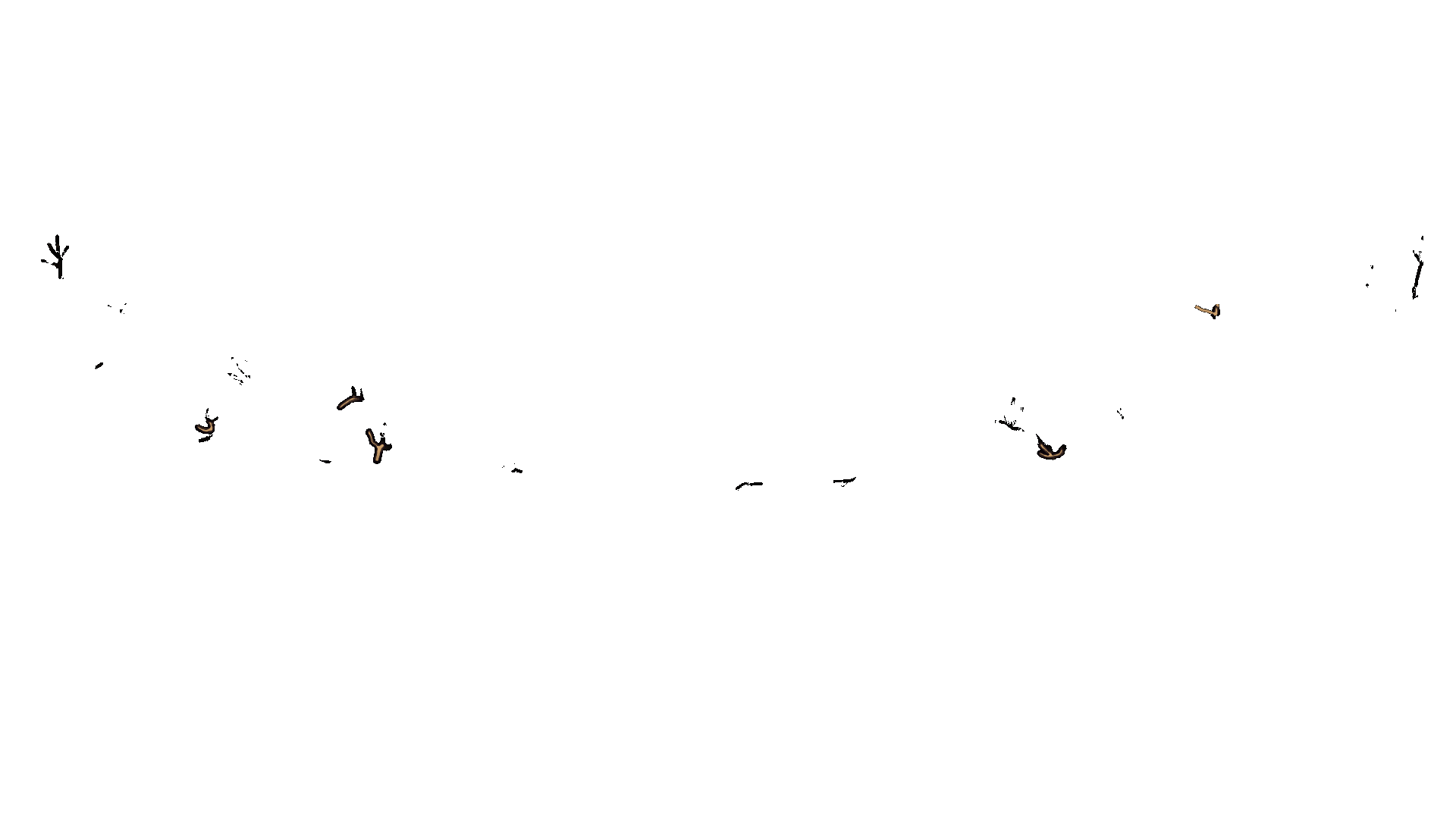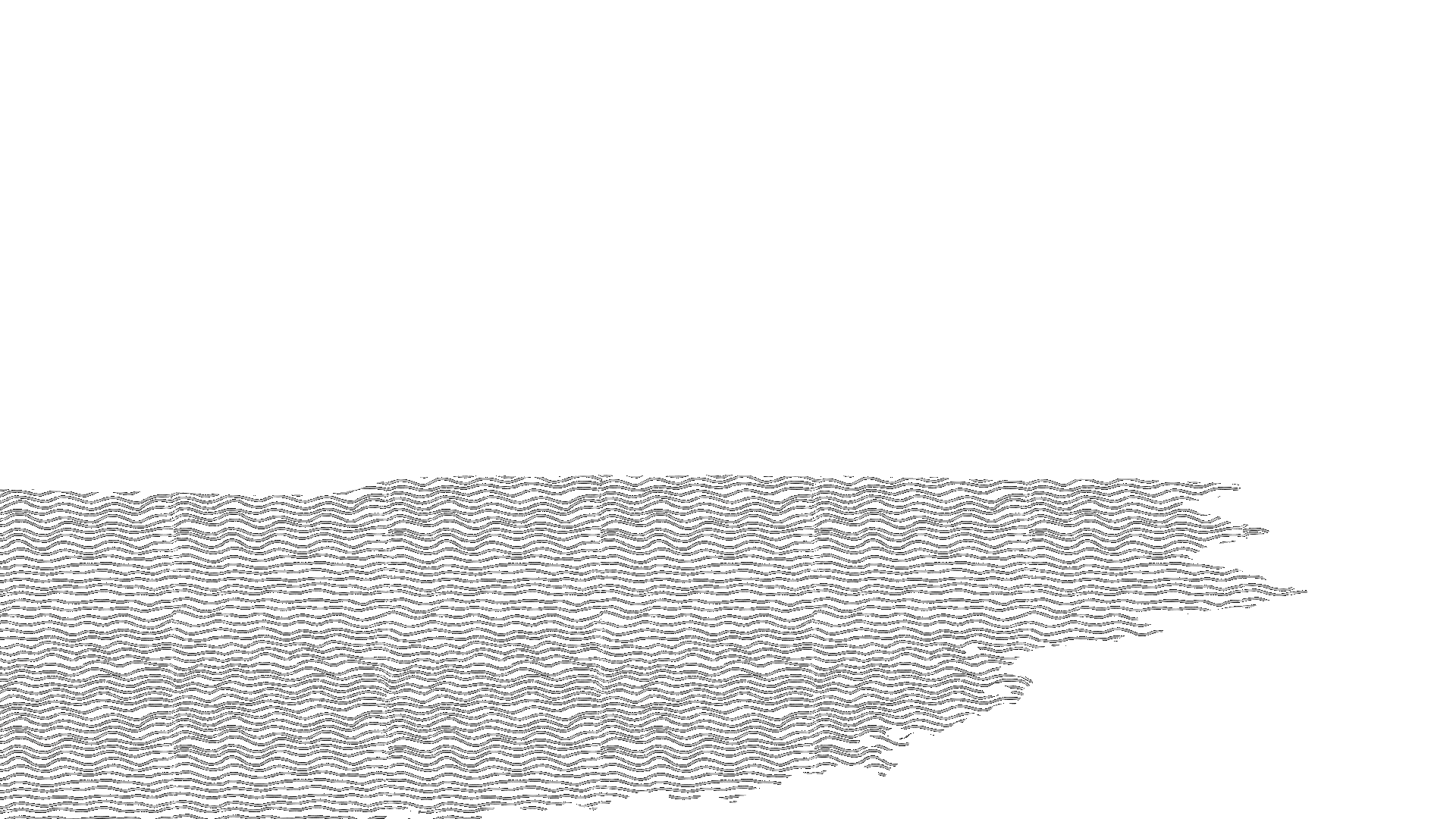Browning of Lakes
What is this high place ?
Mountains are surrounding you, you can feel the wind from the lack of trees. It looks like the arctic. Let’s wonder a bit further.
Coming down was a good idea. You can now see clearer, is that a lake that you spot from afar ? Let’s hurry, it’s starting to rain heavily. It is warmer than what you expected here.
+1°c = +7% more moisture in the atmosphere
The ground doesn’t seem very stable here but it looks quite rich. Browning and greening are happening at the same time.
Looks like you made it to the lake ! Let’s swim ! But the water is so brown… It looks dark, you can’t see what’s underneath, are you sure you want to venture in it ?
Glad you decided to be brave, welcome to the lake.
Look at how blue the water is ! It has lots of big algies (macrophytes)
thanks to the penetrating light and those fishes are happy here.
The deep wedge in the rocky ground is called permafrost : soil that has been frozen for a long time. Because of multiple reasons that you some witnessed on your way down (like warmer temperatures and increased precipitations) it is thawing. The ground then becomes unstable and part of vegetation collapses. It results in streams carbon rich water (like branches, leaves, soil etc.) being thrown into the lake while the wind carries the rest : water is browning !
!
Someone decided to go for a jump. Observe the movement of the diver to understand the cycle of carbon. Sedimentation is making the lake warmer and cloudy, just like when you compost food in the bin
dive B…
….
dive C…
…………………
FIsh Stories
……
FIsh Stories
……
FIsh Stories
……
FIsh Stories
……
FIsh Stories
……
FIsh Stories
……
FIsh Stories
……
FIsh Stories
……
Map Text
-…
Evidencia Summer
….—.
Spring to summer
To see how the lake changes, switch between seasons and compare throughout the years. Click on the ice cover for flat charts to appear.
Compare when the ice formed and how long it stayed each year.
Ice forms creating oxygen bubble, the longest it stays the more algies grow on it !
Autumn to winter
All this data is collected thanks to scientists doing field work to sample the water at any time of the year and through any weather !
Compare when the ice broke and how thick it got each year.
Ice breaks in crystals and almost never get past a meter thick, but it’s enough to hold a truck !































































